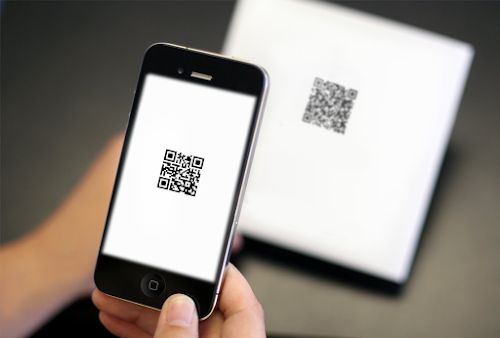In today's world, we use many fitness trackers, smart bands to keep a track of our health. But have you ever wondered how to do these measure your steps or heart rate? So in this article, let's decode what's inside a fitness tracker and how does it work.
What's Inside a Fitness Trackers? How does a Fitness Tracker Work?
Fitness Trackers track your steps or measure your heart rate with the help of various sensors and algorithms. So starting off with the sensors found inside a Fitness tracker. Almost all fitness trackers these days have a 3-axis accelerometer to track movement in every direction some come with a gyroscope sensor to measure the orientation & the rotation. Then there is altimeter in some trackers that help track your altitude, it is helpful while you are doing a trek or climbing up the stairs. All of These sensors measure the acceleration, frequency, duration, intensity, and patterns of your movement—taken together that's a good bunch of data and it can help a tracker work out if you're walking down the road or just waving at someone you know with the help of complex algorithms that process the raw data from the sensor. That is why you can find a difference in the accuracy of different fitness trackers as the accuracy depends on the amount of data through the sensor and the way the algorithms handle the data, process it and converts it to useful information like steps, calories, distance etc. The algorithms used by each manufacturer aren't made publicly available, as each one likes to keep a lid on the 'secret sauce' they use to get the best and most accurate results, but the more sensors and data points used the
more accurate the results are likely to be.
When it comes to measuring the heart rate most of the fitness trackers use an optical heart rate sensor to shine a light on your skin and measure your pulse through it: the light illuminates your capillaries, then a sensor measures the rate at which your blood is being pumped (and thus your heart rate). To process the data from optical heart rate sensor we again use certain algorithms to convert raw data into a useful one.
It's a similar story with sleep tracking: using a process called actigraphy, your tracker translates wrist movements into sleep patterns as best it can, and as with steps there's some guesswork and estimating involved.
All of this converted data is shown on an LCD or an OLED Display on the fitness tracker. The information is also shown inside a native app that stores your data from many days and you can view the data anytime.
Most of the new trackers some with smart functions like smart notifications or the ability to pick up or answer calls.Premium smartwatches also let you reply to messages or use apps. These premium smartwatches have great processors inside them. They also have a dedicated operating system like WatchOS.
ECG on Apple Watch series 4 Explained
The ECG feature in the Apple Watch uses electrodes built into the sapphire crystal of the Apple Watch (where the heart rate sensor is located) and the Digital Crown that work together to detect the electrical impulses from your heartbeat and route the data to the S4 processor in the device, where it is converted into a signal for Apple's algorithms. Following the conclusion of the ECG, Apple will provide a heart rhythm classification that can be shared with your doctor. If your heart is beating in a normal rhythm, Apple will let you know that a standard sinus rhythm has been detected. If your heart is not beating normally, however, the app will let you know that atrial fibrillation has been detected.







Comments
Post a Comment